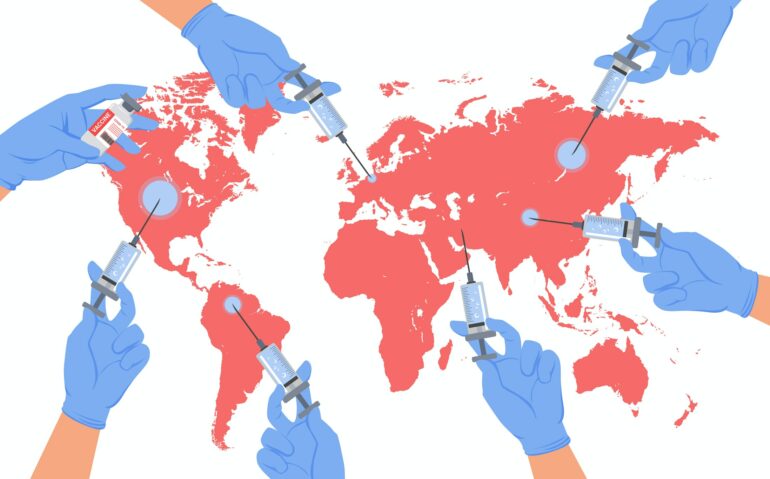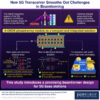The world now has a new COVID-19 vaccine in its arsenal, and at a fraction of the cost per dose.
Two years into the COVID-19 pandemic, the world has seen over 314 million infections and over 5.5 million deaths worldwide. Approximately 60% of the world population has received at least one dose of a COVID-19 vaccine. But there is still a glaring and alarming gap in global access to these vaccines. As a virologist who has followed this pandemic closely, I contend that this vaccine inequity should be of grave concern to everyone.
If the world has learned anything from this pandemic, it’s that viruses do not need a passport. And yet approximately 72% of vaccine doses were administered in high- and upper-middle-income countries – and only 1% in low-income countries. Wealthy countries are giving boosters, and even fourth doses, while first and second doses are not available to many worldwide.
But there is hope that a new vaccine called CORBEVAX will help close this vaccination gap.
How does the CORBEVAX vaccine work?
All COVID-19 vaccines teach the immune system how to recognize the virus and prepare the body to mount an attack. The CORBEVAX vaccine is a protein subunit vaccine. It uses a harmless piece of the spike protein from the coronavirus that causes COVID-19 to stimulate and prepare the immune system for future encounters with the virus.
Recombinant vaccines commonly use yeast to produce the immune-stimulating proteins of a virus in the lab.
Unlike the three vaccines approved in the U.S. – Pfizer and Moderna’s mRNA vaccines and Johnson & Johnson’s viral vector vaccine, which provide the body instructions on how to produce the spike protein – CORBEVAX delivers the spike protein to the body directly. Like those other approved COVID-19 mRNA vaccines, CORBEVAX also requires two doses.
How was CORBEVAX developed?
CORBEVAX was developed by the co-directors of the Texas Children’s Hospital Center for Vaccine Development at Baylor College of Medicine, Drs. Maria Elena Bottazzi and Peter Hotez.
During the 2003 SARS outbreak, these researchers created a similar type of vaccine by inserting the genetic information for a portion of the SARS virus spike protein into yeast to produce large amounts of the protein. After isolating the virus spike protein from the yeast and adding an adjuvant, which helps trigger an immune response, the vaccine was ready for use.
The first SARS epidemic was short-lived, and there was little need for Bottazzi and Hotez’s vaccine – until the virus that causes COVID-19, SARS-CoV-2, emerged in 2019. So they dusted off their vaccine and updated the spike protein to match that of SARS-CoV-2, creating the CORBEVAX vaccine.
CORBEVAX received emergency use authorization in India on December 28, 2021.
A large U.S.-based clinical trial found the vaccine to be



